How Long Does Asphalt Pavement Really Last?
The lifespan of asphalt pavement is a topic of significant interest to property owners, construction professionals, and city planners. Understanding the factors that influence its durability can help in making informed maintenance and investment decisions. This article delves into the various elements that determine the longevity of asphalt pavement.
1. Factors Affecting Asphalt Pavement Longevity
1.1. Traffic Load and Volume
Traffic load and volume significantly impact the lifespan of asphalt pavement. The pressure from heavy vehicles like trucks and buses can cause premature wear and tear. Frequent use without adequate rest can exacerbate the deterioration process, leading to cracking and surface rutting. Properly designed pavement should account for current and projected traffic loads to maximize longevity. Understanding these dynamics is crucial for infrastructure planning and maintenance strategies.
High traffic volume increases the likelihood of surface deformations such as rutting and cracking. Pavement engineers must consider both the weight and frequency of vehicles when designing asphalt surfaces. Over time, heavy loads can cause the structural integrity of the pavement to degrade. This can lead to safety concerns and costly repairs down the line. Proper pavement structure and thickness are essential to counteract these effects.
Traffic composition, including the percentage of heavy vehicles, can significantly alter pavement life. Roadways with predominately light vehicles tend to last longer under the same conditions. By contrast, routes that serve as corridors for freight often need more frequent repairs or reinforcements. Monitoring traffic patterns can provide insights into future maintenance needs. Road planners can use this data to optimize roadway designs for longevity.
1.2. Climate and Weather Conditions
Climate and weather conditions are pivotal in determining how long asphalt pavement will last. Regions with severe temperature fluctuations can cause the asphalt to expand and contract, leading to cracking. Extremely hot climates can cause the pavement to soften, leading to rutting under heavy traffic. Cold climates, on the other hand, can make asphalt brittle and more susceptible to cracking. Each climate type presents unique challenges that require specific adaptation strategies.
Moisture from rain or snow can seep into the pavement, weakening its sub-structure. Frost and thaw cycles are particularly damaging as they can exacerbate existing cracks. This moisture can lead to a loss of cohesion between asphalt and its aggregates. Pavement in wet regions needs robust drainage systems to mitigate water damage. Ensuring proper compaction during construction can also help reduce moisture penetration.
The intensity and frequency of weather events like storms and heat waves also affect asphalt lifespan. Weather-resistant coatings can be applied to add an extra layer of protection. Regular upkeep and monitoring are essential to address weather-related wear and tear promptly. Understanding the local climate can guide decisions on material selection and thickness. Predictive models can assist in planning maintenance schedules to optimize pavement longevity.
1.3. Quality of Installation
The quality of installation is paramount in determining the lifespan of asphalt pavement. A well-prepared surface and the correct application techniques can add years to a pavement's durability. Proper equipment calibration is crucial to ensure the right amount of material is applied. The precision of installation impacts how effectively the pavement can handle traffic loads and weather variations. An attentive, experienced crew can make a significant difference.
Missteps during the installation process can result in early failure. Factors such as poor edge compaction, inadequate layer thickness, and improper drainage can undermine the pavement’s integrity. Attention to detail in the planning and execution phases can ward off many of these issues. Contractors should adhere to best practices and standards for asphalt installation to ensure long-lasting results. Quality assurance checks along the way can catch potential errors early.
Proper training and experience in asphalt installation can significantly mitigate risks. Investing in skilled labor and modern equipment often pays off in terms of pavement longevity and reduced maintenance costs. Equipment calibration ensures the uniform distribution of material, crucial for effective performance. Consistently monitoring and updating training protocols can further enhance installation quality. With the right methods, most pitfalls associated with poor quality can be avoided.
1.4. Regular Maintenance Practices
Routine maintenance is essential for extending the life of asphalt pavement. Regular inspections help identify minor issues before they evolve into significant problems. Early detection of small cracks and timely repairs can prevent more extensive damage. Sealcoating serves as a protective layer against the effects of weather and traffic. Such preventive measures can significantly prolong the lifespan of asphalt surfaces.
Without regular care, asphalt can deteriorate rapidly, leading to more costly repairs. Schedule upkeep, such as periodic resurfacing, can enhance the pavement's longevity. The timing and frequency of maintenance activities should dovetail with the pavement condition and usage patterns. Effective maintenance planning requires a comprehensive understanding of factors affecting wear and tear. These considerations help optimize resource allocation and improve maintenance outcomes.
The costs of regular maintenance are often outweighed by the benefits of extended pavement life and reduced major repairs. A well-maintained pavement is safer and more reliable for users, reducing liability risks. It's essential to document all maintenance activities for reference and planning. Adopting a proactive approach to pavement care results in more predictable budgeting and resource use. High-quality maintenance translates directly into longer-lasting infrastructure.
1.5. Material Composition and Mix Design
Material composition and mix design are foundational to the durability of asphalt pavement. The right mix includes selecting high-quality aggregates and using the appropriate type and amount of binder. These components must be carefully blended to create a durable and resilient surface. Each mix design can be tailored to specific climate and traffic conditions. Properly designed asphalt offers enhanced performance and longevity.
Variability in materials can lead to differences in lifespan among asphalt pavements. Engineers often conduct thorough tests to determine the best mix design for a given project. Choosing the appropriate mix influences not only durability but also cost-effectiveness. It is crucial to consider local environmental factors and traffic conditions when selecting materials. Industry standards and scientific methods are available to guide the mix design process.
Technological advancements in asphalt production have enabled the development of more resilient materials. Innovations in binder technology and aggregate coatings offer improved strength and flexibility. Such developments allow for customized solutions to specific roadway challenges. The industry produces approximately 400 million tons of asphalt pavement material annually, underscoring its significant role in infrastructure. Leveraging new technologies in material design can boost the lifespan of these pavements further.
2. Comparing Asphalt Pavement to Other Materials
2.1. Cost Effectiveness in the Long Term
Asphalt pavement is often considered cost-effective because of its relatively low initial installation costs. It provides excellent value for money, especially when good maintenance practices are followed. While the upfront costs may be lower than alternatives like concrete, upkeep is essential for realizing its full economic potential. Asphalt can often be revitalized with a simple resurfacing, thus extending its life without complete replacement. Over time, these factors contribute to its reputation as an economical choice.
When examining the economic aspects, one must also consider the potential for recycling asphalt pavement. This adds another layer of cost efficiency not usually seen with other materials. Reclaimed asphalt can be reused in new projects, reducing both waste and costs. Communities and municipalities benefit financially from using a material with such sustainable qualities. According to Worldmeteric, U.S. Asphalt Production The industry produces approximately 400 million tons of asphalt pavement material annually. The industry's ongoing advancements in recycling and green practices further enhance its economic appeal. Be sure to reach out to Cunningham Paving Co today for more information on your local paving companies!

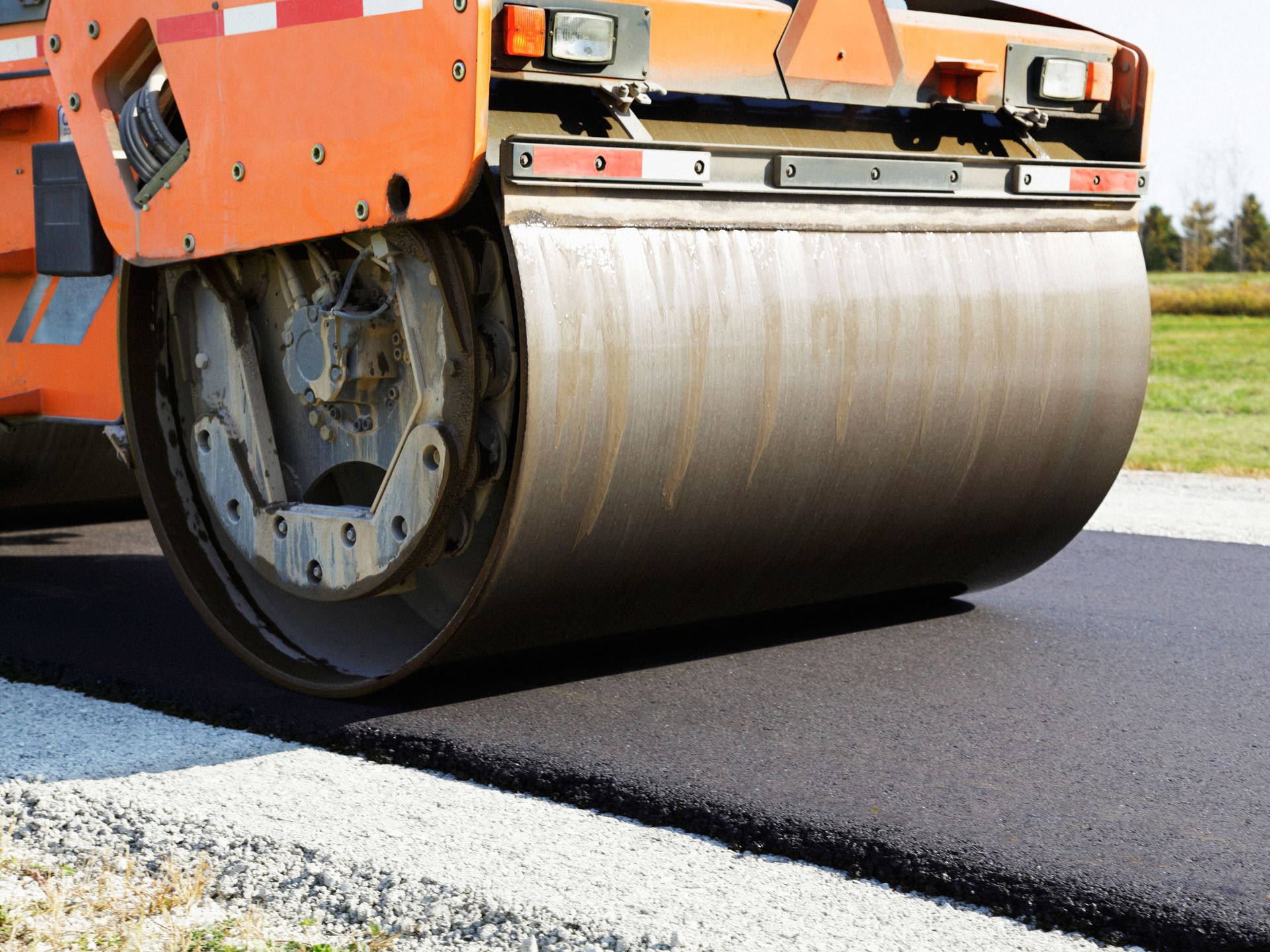
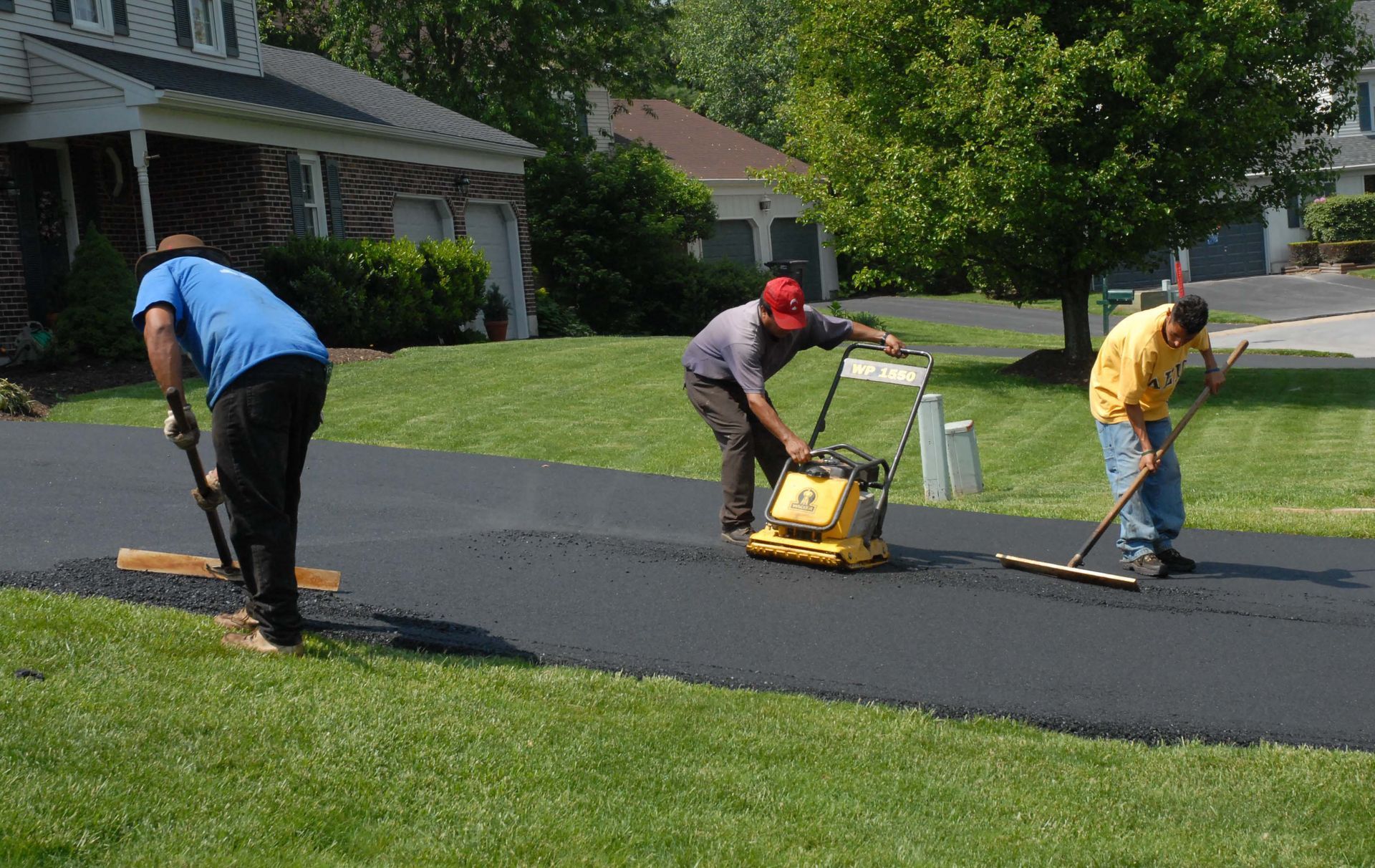

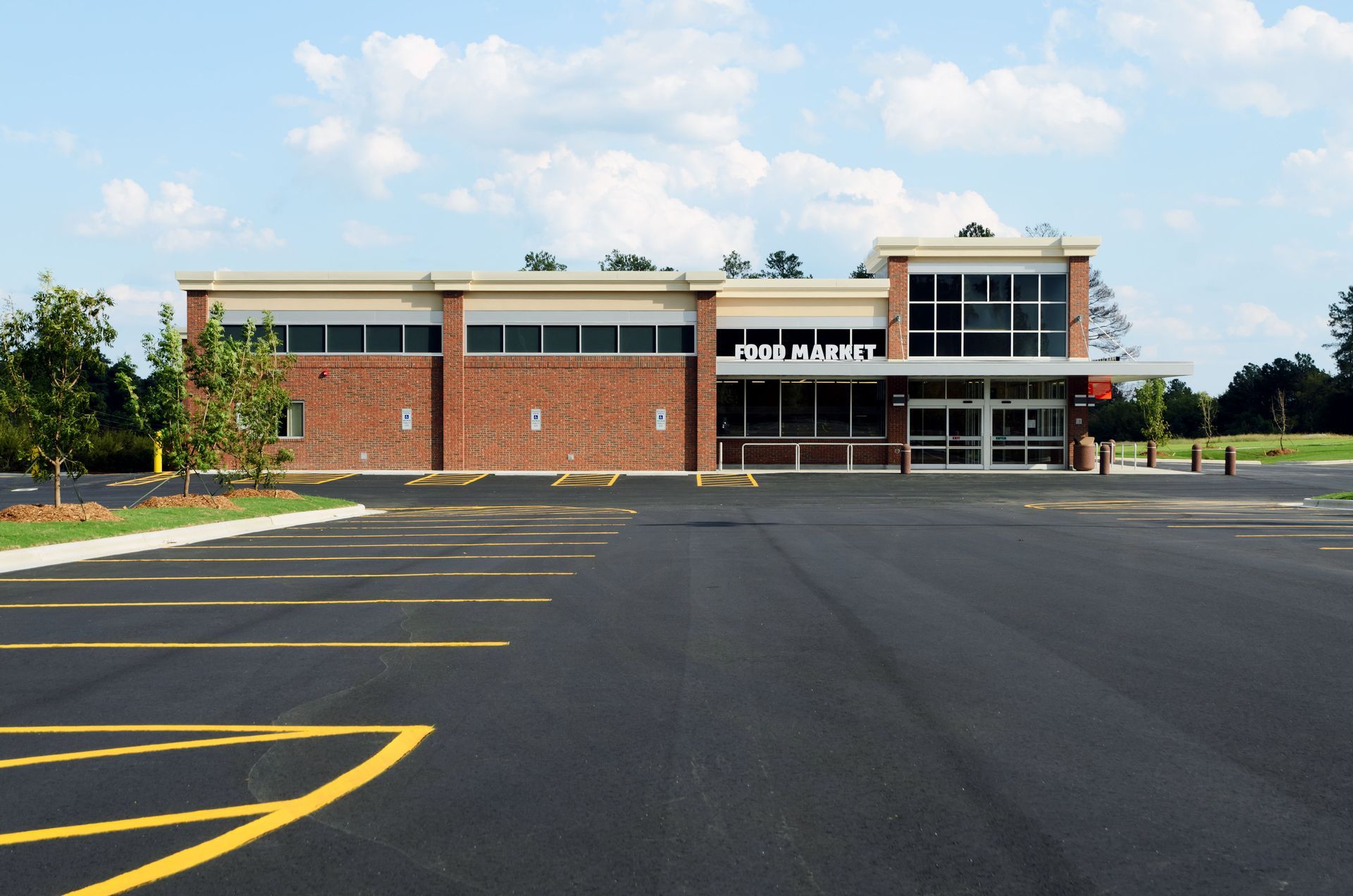
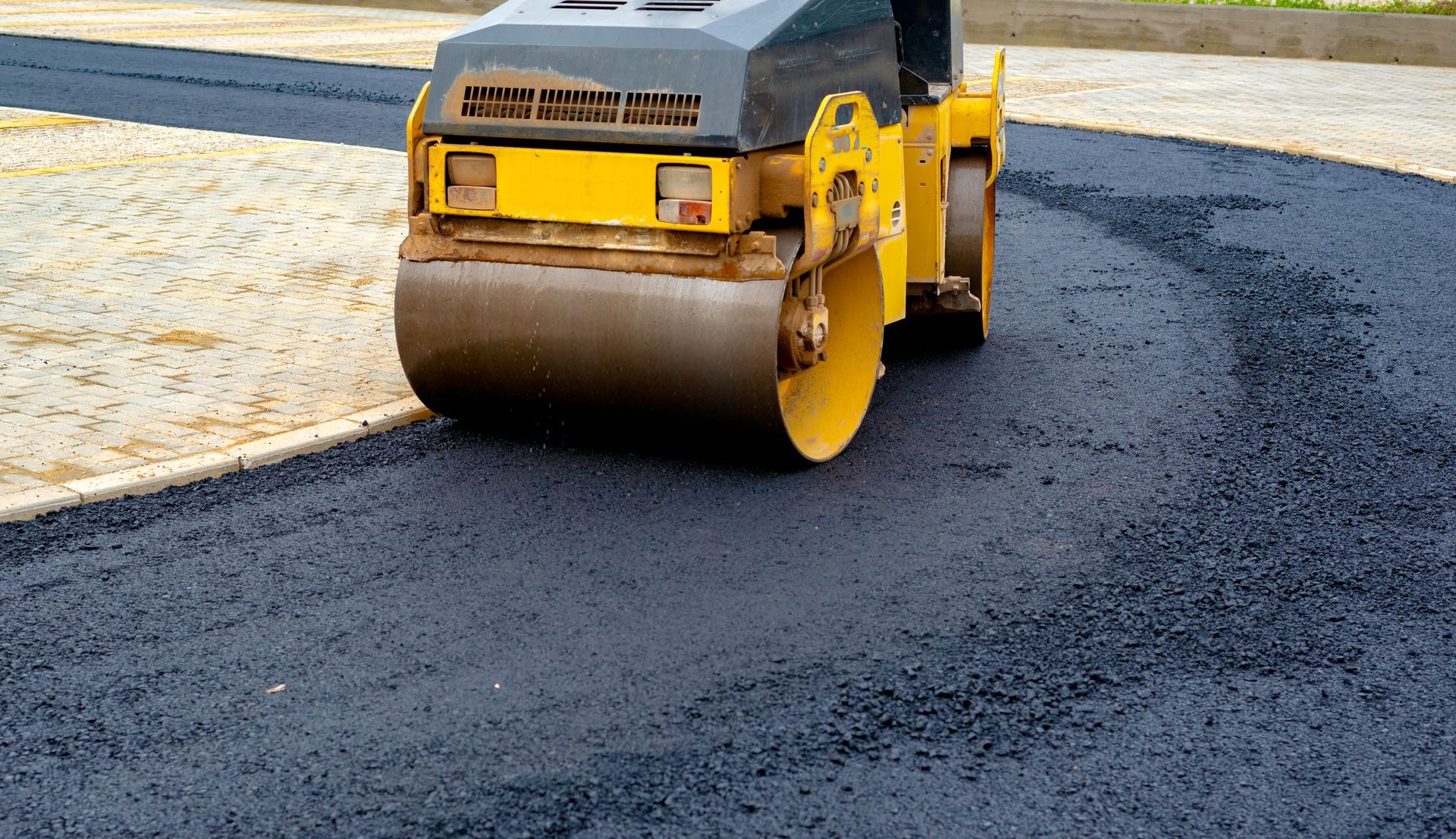
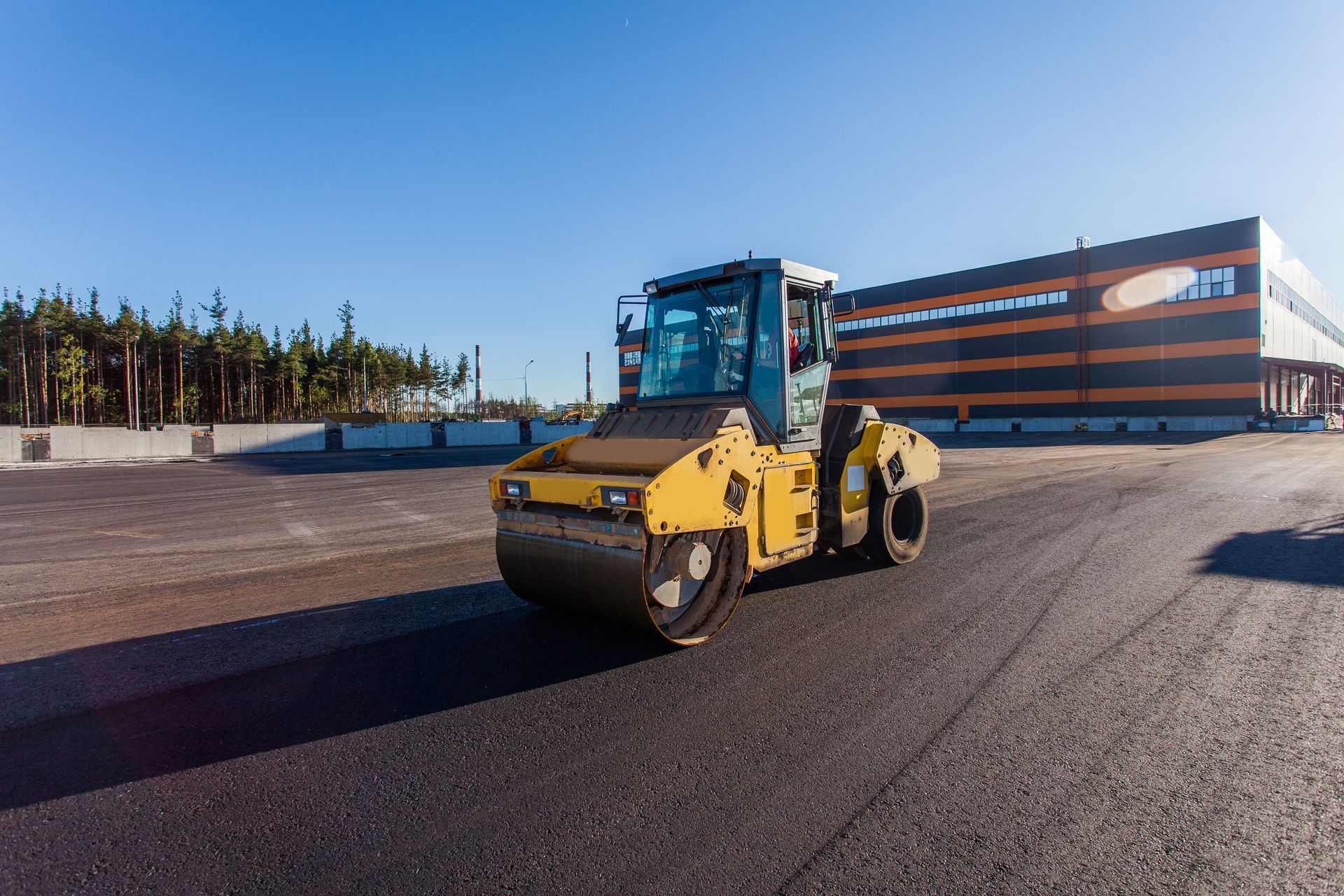
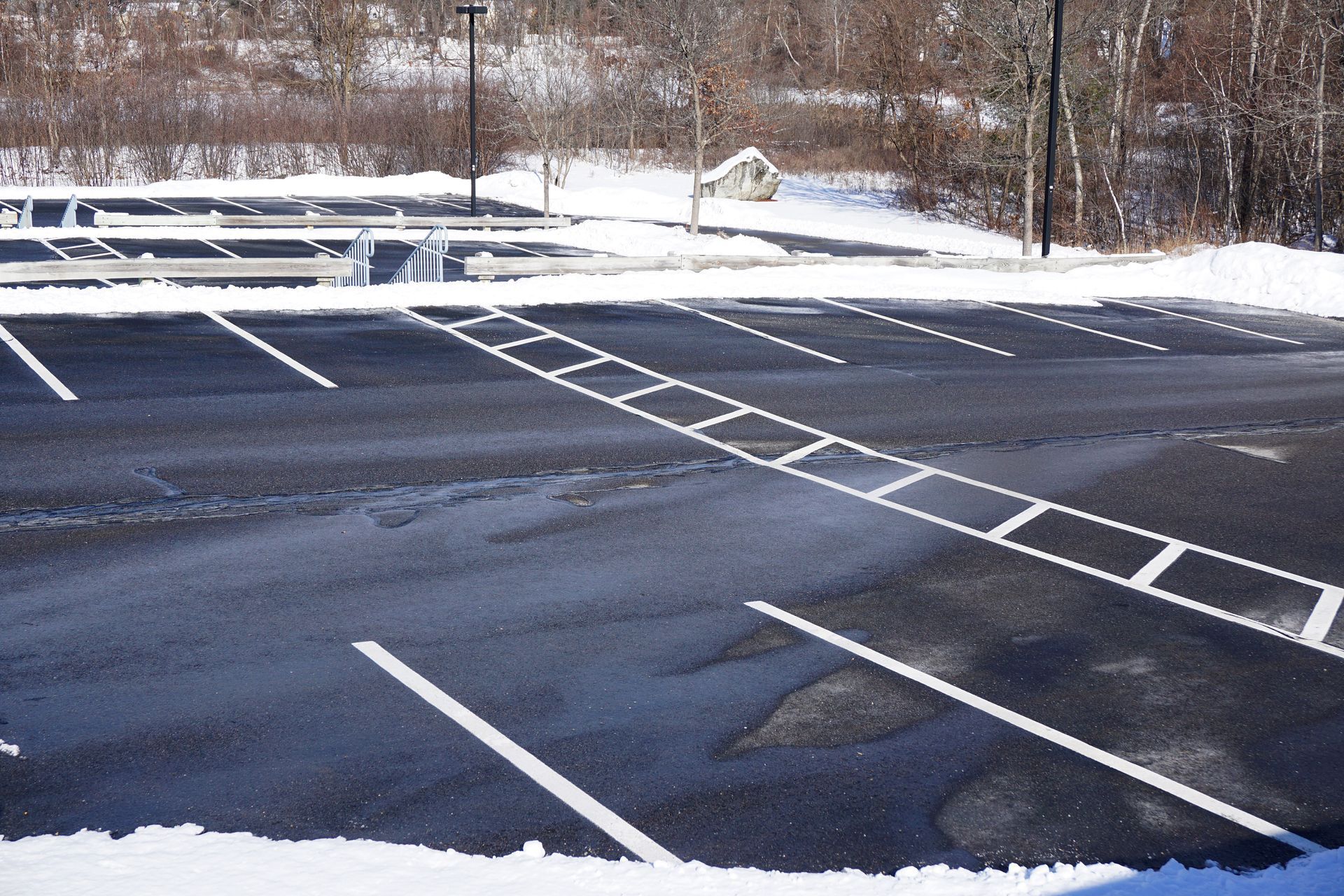
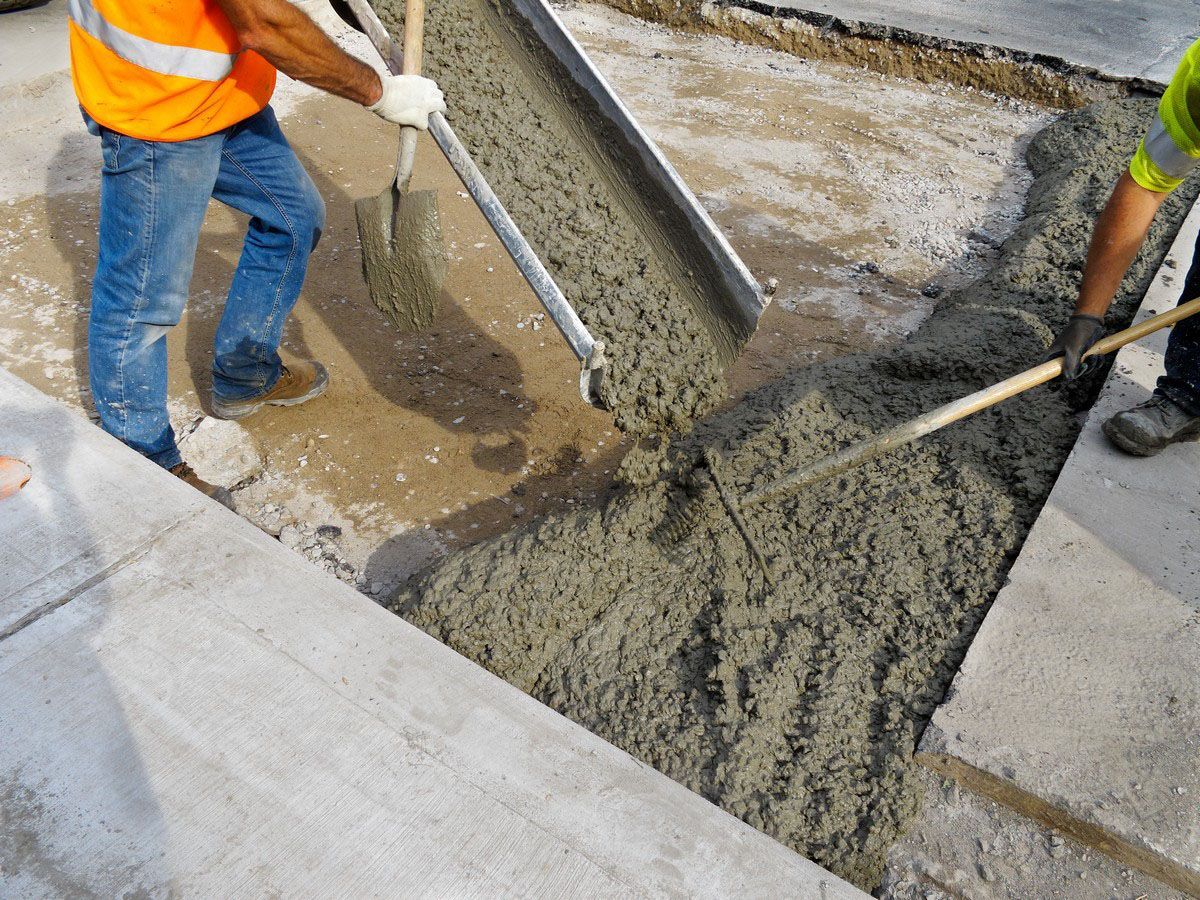
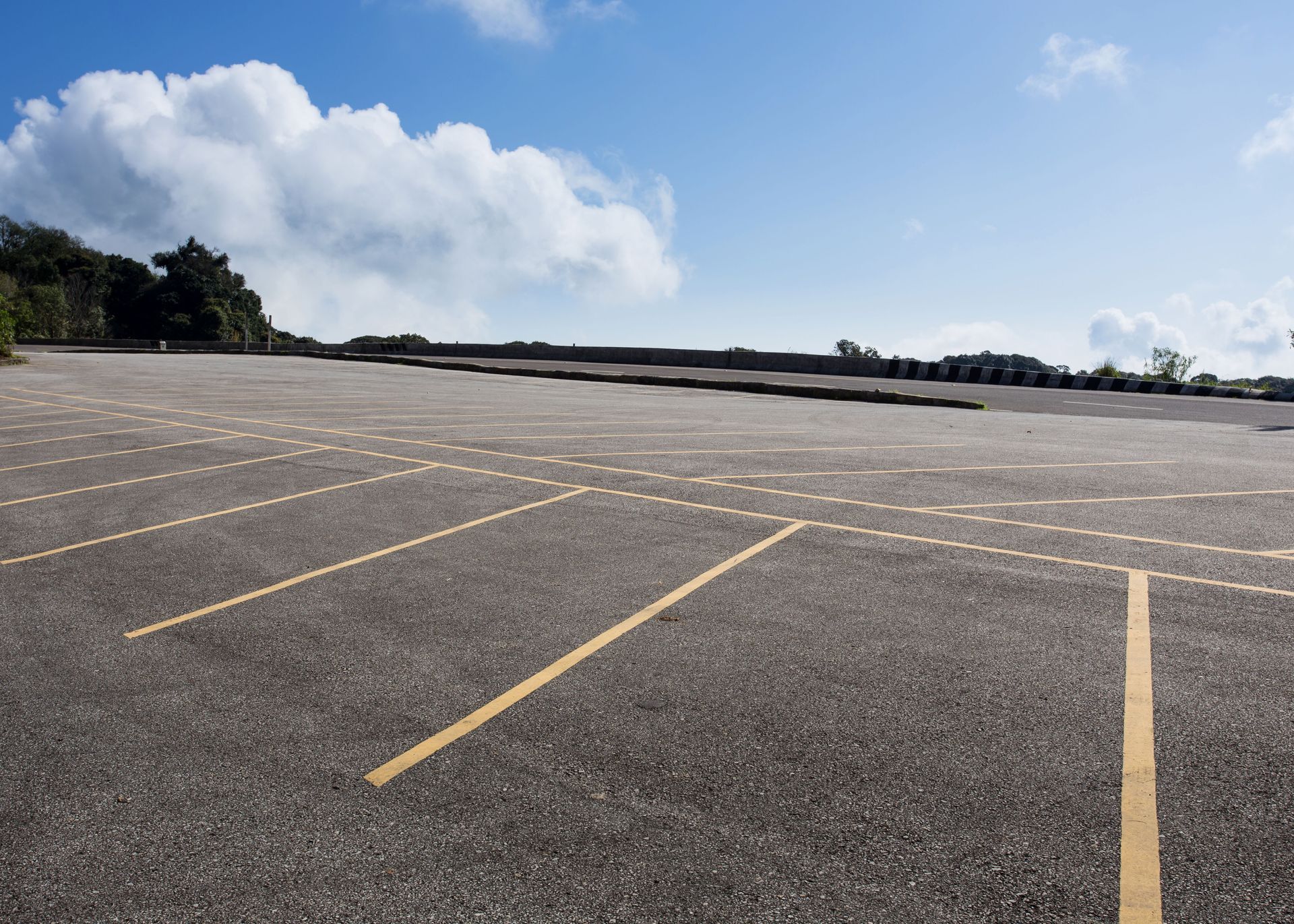

Share On: